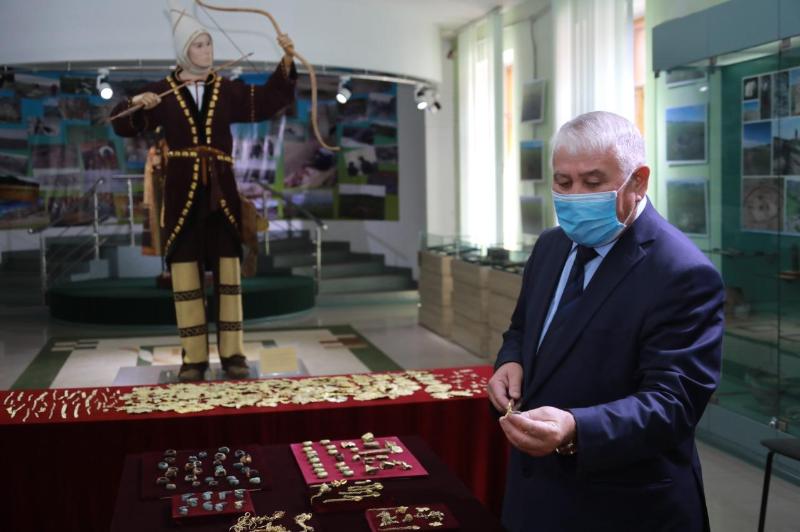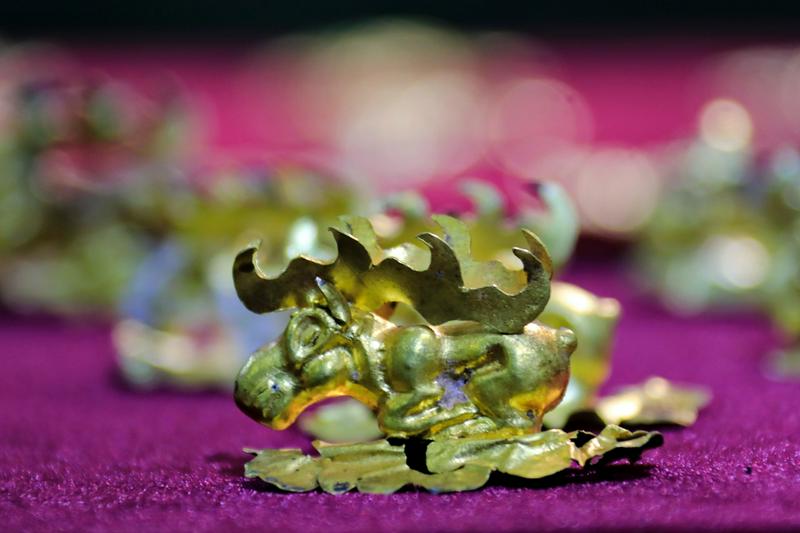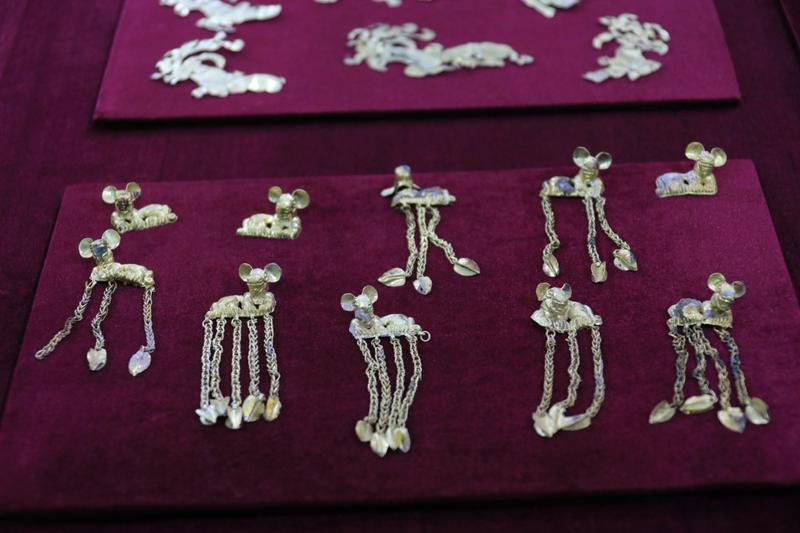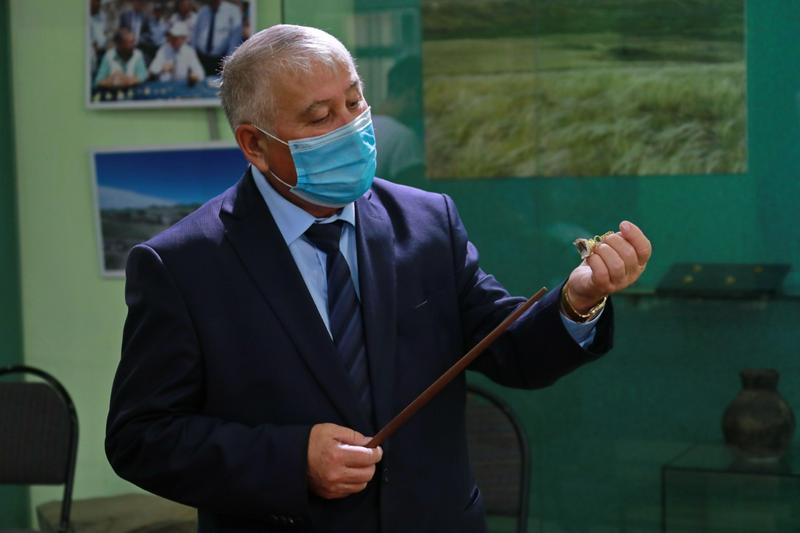Tak nadherne veci umeli uz kdysi lide vyrobit. Krasa...
The Golden Treasure of the Prince of Saxony
Categories: Finds and rescue research abroad , Nálezy nejenom s detektorem na blízkém východě
A group of scientists from Kazakhstan's Al Farabi National University, led by archaeologist and professor Abdesh Tileubaev, have discovered a unique harness fitting made of almost perfectly pure gold with elements never seen before. It belongs to the mound of a Scythian ruler, located at the Eleke Sazy burial site in eastern Kazakhstan.
A total of 850 gold parts of the harness, gold pendants, chains and gold foil appliqués are from thecame from the metallurgical workshop of the Saka culture of the semi-nomadic Scythians, who inhabited the Eurasian steppe from the 8th century. century BC. The artefacts have been tentatively dated to the 5th-4th century BC. They all have a zoomorphic appearance, depicting stylized animals; e.g. deer, elk and felines. Pendants in the form of a mythological feline creature with large round ears have never been found before. Some of the fragments contain carnelian cores, while others are made using a sophisticated jewellery technique where tiny gold beads were soldered to the base.
"The treasure was not found in the mound itself, but nearby - under its stone shell," said Abdesh Toleubaev, head of the archaeological expedition. Experts believe that the gold harness was left there as a gift dedicated to the spirit of the deceased buried in the kurgan. The richness of the site testifies to the great respect paid to the deceased, probably to one of the Scythian rulers. About 50 metres from the site, the remains of a contemporary bronze and gold smelting and metallurgical workshop were discovered. Thin-walled pottery, typical of the Scythians of this period, also helped with dating.
The Eleke Sazy complex lies on a plateau about 1400 metres above sea level in the Tarbagatai Mountains in eastern Kazakhstan. Local legend has it that the hills surrounding the area were originally kurgans - mounds of an Eastern European type. The site was not explored by archaeologists until 2011. Official excavations only began in 2016, and over the course of several seasons, international teams of archaeologists discovered moremore than 350 burials, dating from the early Saxon period to the Late Turkic period; a span of about 1,500 years.
Most of the tombs have been repeatedly looted over the last 1,000 years. However, in 2018, the undamaged grave of a young man was found in kurgan number four. He was about 18 years old at the time of his death. His tomb was lavishly furnished with gold jewellery. In total, more than 5,000 gold items were found there, including a necklace weighing more than one kilogram and thousands of millimetre-long beads sewn on his shoes and trousers. So far, only two complete and unrobbed graves of Saka nobles have been found.
Roman Nemec






Sources: inform.kz, yk-news.kz, neweurope.eu, thehistoryblog.com
The article is included in categories:



